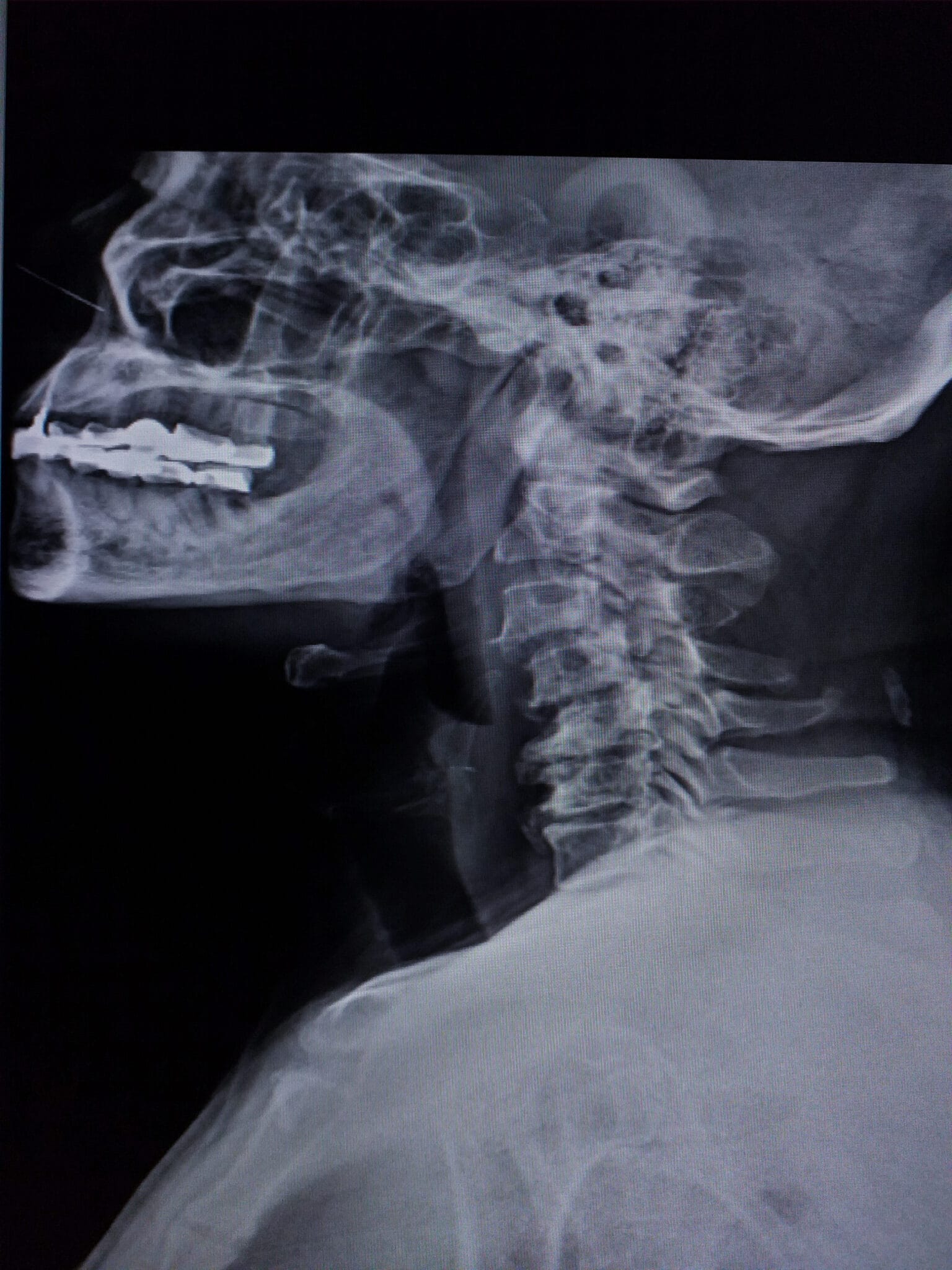Retrolisthesis is a medical term that refers to the backward displacement of a vertebral body in relation to the one immediately below it in the spinal column. It can occur in various regions of the spine and is often associated with symptoms such as back pain, nerve compression, and spinal instability. However, determining the severity of retrolisthesis requires a comprehensive evaluation of individual factors, including the extent of slippage, symptoms experienced, and the impact on daily life. Let’s take a deeper dive into retrolisthesis, understand it’s seriousness, and explore the potential implications for affected individuals. If you were looking for information on anterolisthesis, please visit the linked page.
Understanding Retrolisthesis
Retrolisthesis typically results from degenerative changes in the spine. It can also occur due to traumatic injuries or congenital abnormalities. The severity of retrolisthesis is determined by the amount of slippage, categorized into four grades:
- Grade 1: Slippage up to 25% of the vertebral body width.
- Grade 2: Slippage between 25% and 50%.
- Grade 3: Slippage between 50% and 75%.
- Grade 4: Slippage exceeding 75%.

Grade 1 retrolisthesis is the mildest form of the condition, where the slippage of one vertebra over another is up to 25% of the width of the vertebral body. In this grade, the slippage is minimal, and it may not cause significant symptoms or functional limitations for most individuals. Treatment for grade 1 retrolisthesis typically involves conservative approaches such as physical therapy, pain management, and lifestyle modifications. These measures aim to reduce pain, improve spinal stability, and enhance overall function.
Grade 4 retrolisthesis is the most severe form, with slippage exceeding 75% of the vertebral body width. This level of slippage can lead to significant spinal instability, causing severe pain, nerve compression, and potential neurological deficits. Grade 4 retrolisthesis requires immediate medical attention, and surgical intervention is often the recommended course of action. The surgical procedures may involve spinal fusion, instrumentation, and decompression techniques to stabilize the spine, relieve nerve compression, and restore spinal alignment.
Is Retrolisthesis Serious?
The seriousness of retrolisthesis depends on several factors, including the degree of slippage, the symptoms experienced, and the impact on daily life. In some cases, individuals with mild retrolisthesis may remain asymptomatic or experience only minor discomfort. However, as the slippage progresses, the severity of symptoms may increase, potentially leading to significant functional limitations and reduced quality of life.
Symptoms and Implications
Retrolisthesis can cause a range of symptoms, including back pain, stiffness, muscle weakness, numbness or tingling sensations, and radiating leg pain (sciatica). The severity and impact of these symptoms can vary greatly among individuals. In some cases, retrolisthesis may not significantly interfere with daily activities. However, severe cases can lead to chronic pain, limited mobility, nerve compression, and even disability.
Neurological Complications
When the slippage of the vertebra impinges on the nerves, it can result in neurological complications. Compression of the spinal cord or nerve roots may lead to symptoms like weakness, loss of sensation, and difficulties with bladder or bowel control. If left untreated, these complications can have a profound impact on a person’s overall well-being.
Stability and Instability
Retrolisthesis can also affect the stability of the spine. Severe slippage can result in spinal instability, increasing the risk of further damage, spinal deformity, and potential spinal cord or nerve damage. Spinal instability requires careful management and may necessitate surgical intervention to stabilize the affected region.
Treatment and Management
The treatment and management of retrolisthesis depends on the severity of the condition and its impact on the individual’s well-being. Mild cases of retrolisthesis may respond well to conservative treatments, including physical therapy, pain management, and lifestyle modifications. However, more severe cases may require surgical intervention to alleviate symptoms, stabilize the spine, and restore functionality.
Summary
The seriousness of retrolisthesis is determined by various factors, including the degree of slippage, symptoms experienced, and resulting functional limitations. While milder cases may cause minimal symptoms and functional limitations, more severe grades of retrolisthesis can result in chronic pain, reduced mobility, and neurological complications.
